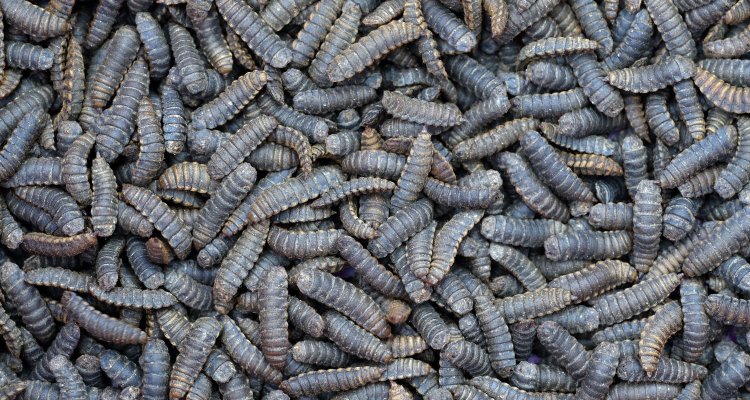
Event
Less reliance on soy import: alternatives for animal feed
Worldwide, many countries depend on soy imports, especially for livestock feed and feed for aquaculture. Switching to alternatives is becoming increasingly urgent because large-scale soy cultivation is causing problems such as deforestation, soil depletion and water pollution from pesticides and fertilizers. In this online session, WUR experts give an overview of affordable and sustainable alternatives, and share examples of their application in practice and how to stimulate alternatives from policy perspective.
This session has already taken place. Did you miss it and would you like to watch the presentations? Please send a request to backoffice.wfbr@wur.nl and you will receive the link to the recording in your mailbox.
Researcher Alfons Jansman (Livestock Research) kicks off the session with the facts & figures on use of soy in animals feeds: how much do we actually use and in what type of feed? He then discusses to what extent the share of soy in livestock feed can be reduced and what the alternatives are, with their advantages and disadvantages.
Pilot Lake Victoria
Insects, algae and residual streams are examples of alternatives. Together with his team, Adriaan Vernooij (Livestock Research) is investigating the possibilities of producing local fish feed based on these three alternatives. This is taking place in a pilot at Lake Victoria in Kenya where the team sees plenty of opportunities for valorizing residual streams via bioconversion or cultivation of the black soldier fly. They also see the cultivation of microalgae as a promising source for fish feed.
Vernooij will present the approach and lessons learned from this pilot, as well as what this could mean for other countries around the world. The lessons learned can have global impact, including in EU countries, provided the residue streams meet safety guidelines. He also shares how the team will conduct further research into more forms of processing residue streams, the safety of residue streams and the socioeconomic implications of this approach. For example, how can small producers of the black soldier fly be engaged? And what technologies and regulations are needed to safely value residual streams?
Food safety
Safety is an important aspect when working with alternatives to soy. Food safety expert Elise Hoek will therefore elaborate on the possible hazards of working with alternatives, such as insects reared on residual streams. She will show various examples and demonstrate how stretching regulations could contribute to a wider use of residual streams for insect rearing . Furthermore, how can policymakers best approach this?
Programme
| 15:00 | Introduction |
| 15:05 | Alfons Jansman, senior researcher Wageningen Livestock Research: the broad perspective |
| Facts & figures about soy | |
| Reduction of soy in animal feed & a list of alternatives | |
| Application of alternatives: resolving barriers | |
| 15:25 | Questions & discussion |
| 15:30 | Adriaan Vernooij, researcher and project leader Wageningen Livestock Research: from theory to practice |
| Pilot Lake Victoria, Kenya: fish feed based on insects, waste streams and algae | |
| Global rollout of this approach: the next steps | |
| 15:40 | Questions & discussion |
| 15:45 | Elise Hoek, Wageningen Food Safety Research: towards safe alternatives |
| Potential hazards in using residual streams for insect rearing | |
| Encouraging alternatives: stretching regulations | |
| 15:55 | Questions & discussion |
| 16:00 | Closing |
Campaign Protein Transition: from Pain Points to Perspective’
This session is part of the campaign ‘Protein Transition: from Pain Points to Perspective’, an initiative of Wageningen University & Research to help the public sector resolve barriers in the protein transition. In 4 sessions (from November 2022 – February 2023) a multidisciplinary team of WUR experts zooms in on the 4 biggest challenges for policymakers AND offers perspectives. From reducing dependency on soy import to shaping a circular food system.